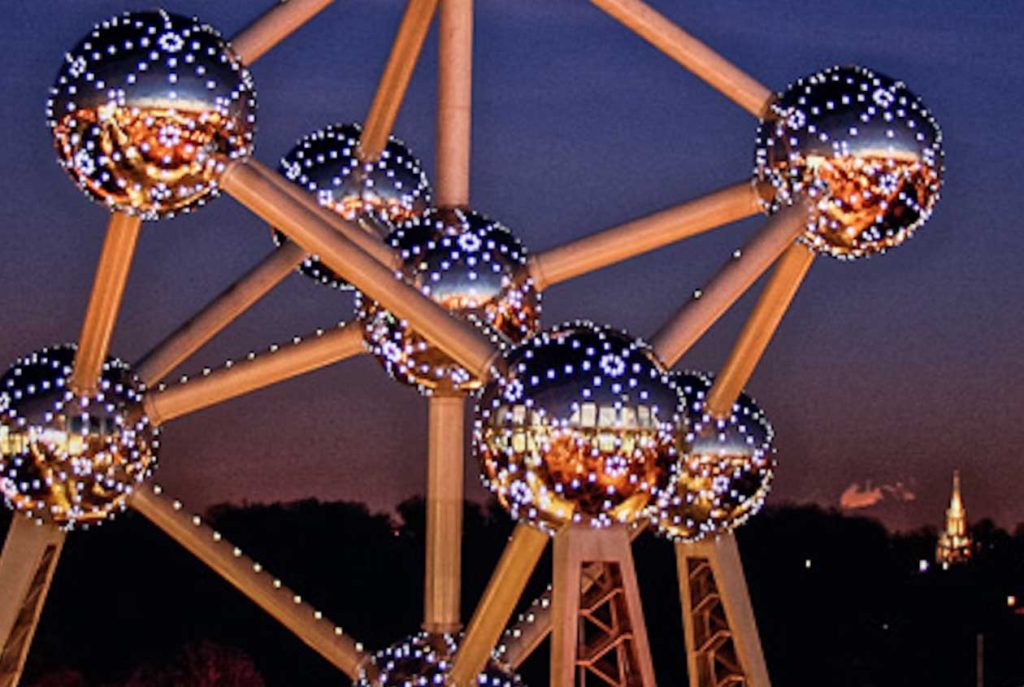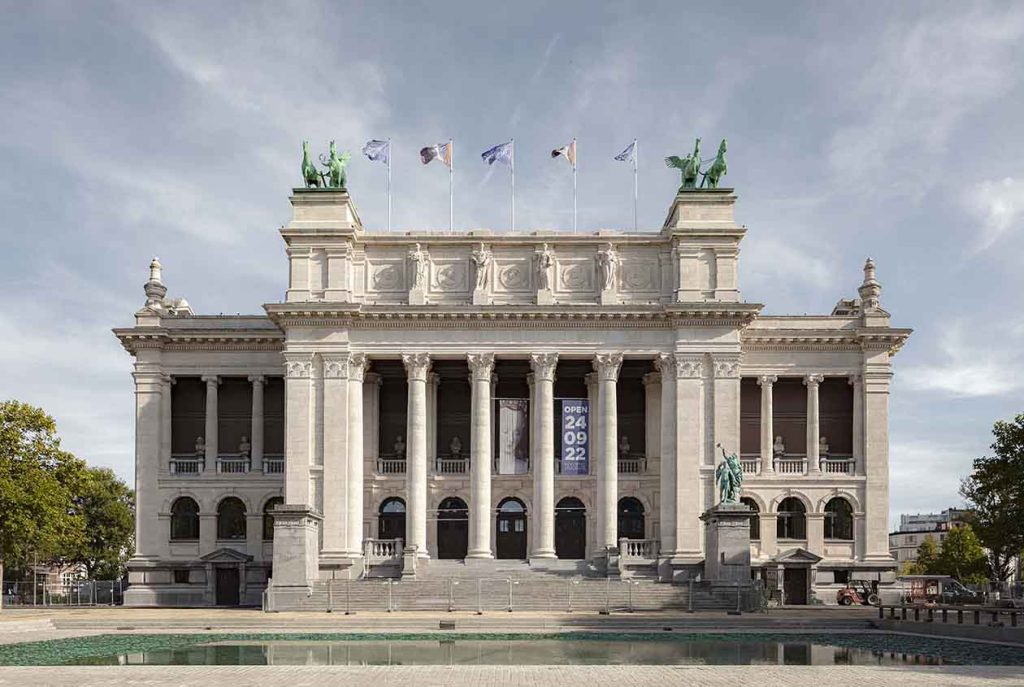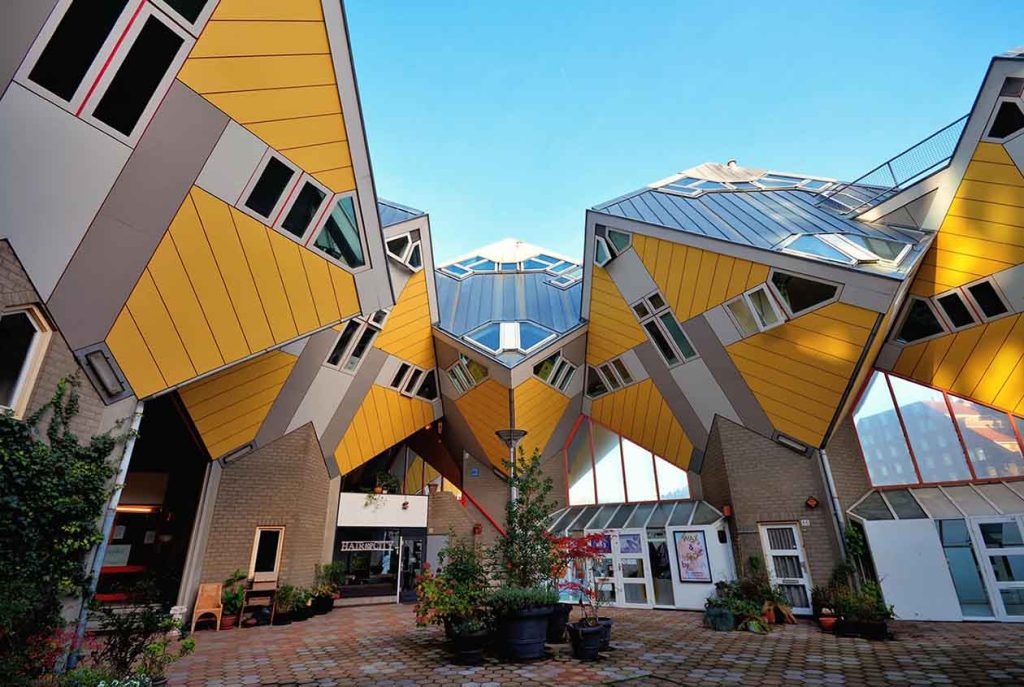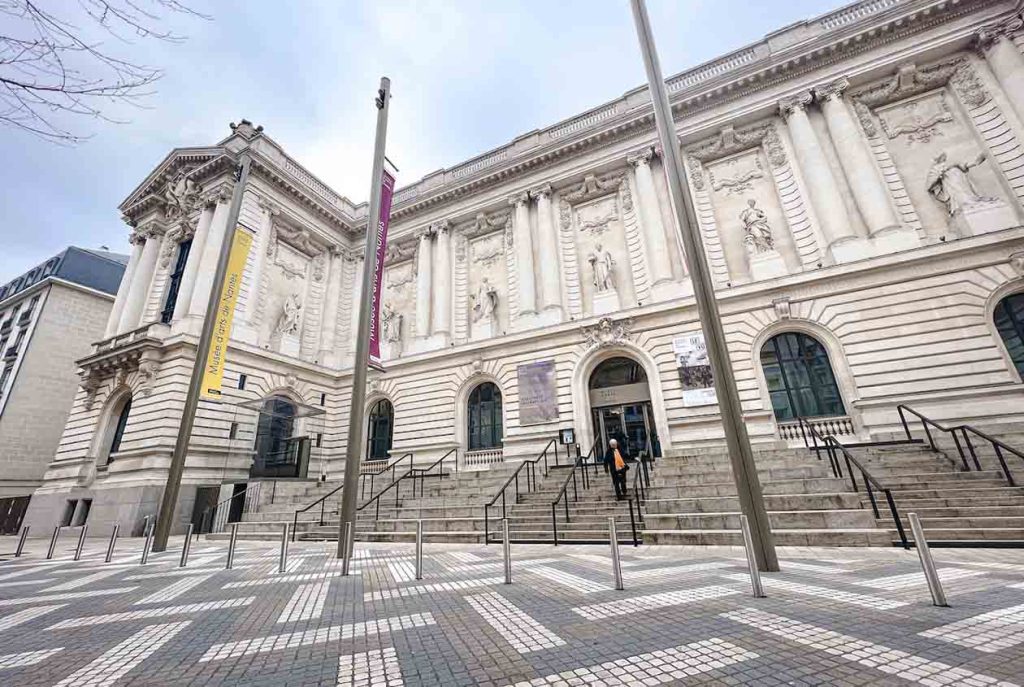
Brussels, the capital of Belgium, is not only a modern international metropolis but also a city rich in history and cultural heritage. Whether it’s the deep historical atmosphere or the breathtaking art and architecture, Brussels offers a diversified and captivating travel experience. From the intoxicating ancient squares to the ultra-modern art galleries, every corner of the city tells the story of Belgium’s profound cultural legacy.
1. Grand Place (Grote Markt)
Grand Place is one of the most iconic landmarks of Brussels and a UNESCO World Heritage Site. This central square is surrounded by numerous historical buildings, such as the Town Hall, the golden-decorated Palais du Roi, and the magnificent Guildhalls. The square is stunning both by day and night, but especially when illuminated at night, the grandeur of the buildings is even more mesmerizing.
1.1 Town Hall (Hôtel de Ville)
Located on one side of Grand Place, the Town Hall is a masterpiece of Gothic architecture. Its tower, standing at 96 meters, is one of the most iconic buildings in Brussels. The interior houses several breathtaking halls, the most famous being the “Golden Hall” and the “Council Hall.” Visitors can join guided tours to learn more about the Town Hall’s history and architectural style.
1.2 Maison du Roi (King’s House)
On the other side of the square stands the Maison du Roi, an impressive building housing the Brussels City Museum. The museum displays the history, art, and valuable civic artifacts of Brussels. A visit here offers a deeper understanding of the city’s past and development.
2. Atomium
The Atomium is one of the most modern structures in Brussels and a symbol of Belgium. It was built for the 1958 Brussels World Expo to showcase Belgium’s technological progress and modern architectural ideas. The Atomium consists of 9 metal spheres connected by 12 tubes, simulating the shape of an iron molecule. Each sphere contains exhibition spaces, and visitors can access them via elevators or spiral staircases.

2.1 Panoramic Views
From the top of the Atomium, visitors can enjoy panoramic views of Brussels. On clear days, the view of the city is particularly captivating. For photography enthusiasts, this is an ideal spot for capturing stunning cityscape shots.
2.2 Science Exhibitions
The exhibitions inside the Atomium focus on science, technology, and architecture, featuring displays related to physics, technological developments, and visionary concepts for future cities. These exhibitions not only highlight the charm of science but also inspire imagination about the future.
3. Royal Palace (Palais Royal)
The Royal Palace is the official residence of the Belgian royal family, located in the heart of Brussels in the Royal Quarter. Its architectural style blends classical and modern elements, while the surrounding gardens provide a peaceful retreat. In the summer, visitors can tour various rooms of the palace to learn about the history and culture of the Belgian monarchy.
3.1 Royal Quarter and Gardens
The Royal Quarter around the Palace offers a serene environment, and the palace’s front gardens are a favorite relaxation spot for both locals and tourists. The exquisite garden designs change with the seasons, offering different natural landscapes throughout the year. A stroll through the Royal Quarter allows visitors to experience the royal atmosphere and enjoy one of the most beautiful green spaces in Brussels.
3.2 Summer Palace Tours
Each summer, the Belgian royal family opens parts of the palace to the public. On these special open days, visitors can explore the palace’s interior, seeing precious historical artifacts and artworks. While the royal family’s private quarters remain off-limits, tourists can still marvel at the grandeur and splendor of the palace.
4. Belgian Comic Strip Center
Belgium is world-renowned for its comic strip culture, and the Belgian Comic Strip Center in Brussels showcases the country’s outstanding achievements in the field of comic art. The museum houses a vast collection of classic comic works, including iconic characters like Tintin and Gaston Lagaffe. For comic enthusiasts, this is undoubtedly a fascinating destination.
4.1 The Origins of Comic Art
The museum offers an in-depth look at the history and development of Belgian comics, featuring works by the country’s comic masters. The exhibitions are interactive, using multimedia equipment to explain the creative processes behind the comics. This museum is not only for comic fans but also offers a rich cultural experience for all visitors.
4.2 Dynamic Exhibitions and Interactive Experiences
The Belgian Comic Strip Center frequently hosts temporary exhibitions showcasing comic works from around the world. Additionally, the museum emphasizes interactivity, allowing visitors to participate in the creative process of making comics, even trying their hand at drawing their own comic stories.
5. Cathedral of St. Michael and St. Gudula
The Cathedral of St. Michael and St. Gudula is one of the most important religious buildings in Brussels, making it an essential stop for those interested in the city’s religious history and architectural artistry. The cathedral, built in the 13th century, has a majestic exterior and a beautifully detailed interior, with stained glass windows and intricate carvings.
5.1 Architectural Style
The cathedral features the distinctive Gothic style, with spires, flying buttresses, and detailed sculptural decorations. The stained-glass windows inside depict religious stories, giving the entire space a sacred and serene atmosphere. When sunlight filters through the windows, the play of light and color is a truly moving experience.
5.2 Regular Religious Services
For those interested, it’s also possible to attend religious services at the cathedral. Brussels’ cathedral regularly holds masses and religious ceremonies, allowing visitors to experience the deep religious atmosphere of this iconic site.
6. Marolles District
Marolles is one of the most unique districts in Brussels, known for its vibrant artistic atmosphere and historical charm. The street markets, antique shops, cafés, and small bars make Marolles a microcosm of Brussels’ culture.
6.1 Street Markets and Antiques
One of the most famous attractions in Marolles is its flea market, which attracts large crowds every week. Visitors can find a variety of antiques, second-hand items, books, and vintage accessories. This market is a key part of local culture and offers tourists a chance to explore Brussels’ folklore and history.
6.2 Artistic Atmosphere
Marolles is also considered one of Brussels’ artistic districts, with many local artists and artisans showcasing their works in small shops and galleries. Every year, the district hosts an art festival featuring creations from Belgian and international artists.
7. Royal Museums of Fine Arts of Belgium
The Royal Museums of Fine Arts of Belgium not only house classic art collections but also showcase modern and contemporary art, making it an important cultural hub in Brussels and Belgium. The museum’s modern and contemporary art sections are some of the highlights for many visitors. The museum brings together works from the 20th century and beyond, demonstrating the evolution of artistic styles and artists’ deep reflections on society, politics, and culture.

7.3 Transformation of Modern Art
The museum’s modern art section features classic works of expressionism, cubism, surrealism, and abstract art. Here, visitors can admire the influence of great artists like Kandinsky, Matisse, and Picasso. These works are not only visually striking but also thought-provoking. For example, Picasso’s pieces use geometric dissection to show a unique understanding of form and space, while Matisse explores the tension between color and form.
7.4 Art and Society Interaction
The museum’s modern art section also focuses on the interaction between art and society, politics, and culture. Many of the works reflect the social upheavals, political changes, and cultural collisions in post-war Europe. These pieces confront the destruction of war and human suffering, discussing the role and responsibility of individuals in societal transformations. These works allow visitors to not only appreciate the beauty of art but also gain a deeper understanding of how artists respond to the challenges of their times.
7.5 Diversity of Contemporary Art
In the 21st century, the museum’s contemporary art section embraces even more diverse forms, including installation art, video art, and new media art. Many of the works are interactive, breaking down traditional boundaries and incorporating technology, social phenomena, and individual emotions into their expressions. These pieces prompt reflection on modern society and raise important questions about identity, environment, technology, and globalization.
Through these sections, visitors can trace the evolution of European art from the traditional to the modern and contemporary. Every artwork represents the cultural pulse of its era, reflecting artists’ sharp observations of societal phenomena and deep expressions. If you’re passionate about art, the Royal Museums of Fine Arts of Belgium are an invaluable experience that should not be missed.
Brussels is a city full of charm, with a rich historical legacy and a vibrant modern art and cultural scene. From grand historical buildings to exciting museums, from ancient cathedrals to lively artistic neighborhoods, every corner of Brussels is a place of discovery. We hope that through these recommendations, you can better plan your trip to Brussels, immersing yourself in the city’s rich history, art, and culture, and enjoying a perfect cultural journey.


